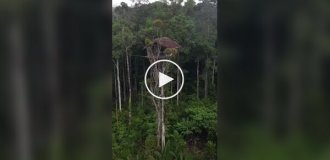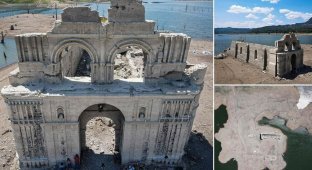Because of the drought in Spain began to desalinate the water from the sea (5 photos)
Local authorities are urging Spaniards to save water and not waste it for nothing. 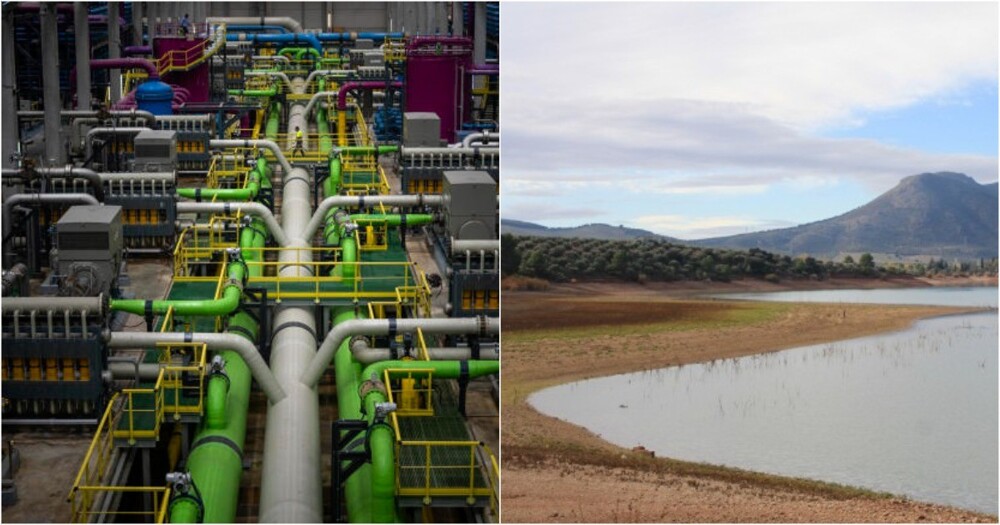
Such a drought has not been observed in the country for 60 years. Last 4 month, southern Andalusia and Catalonia, so much so that the authorities were forced to introduce a state of emergency water supply in more than 20 settlements. And there lives 25 thousands of people. There is also a limit on water consumption per person - no more than 200 liters per day, although a month ago it was around 230 liters. 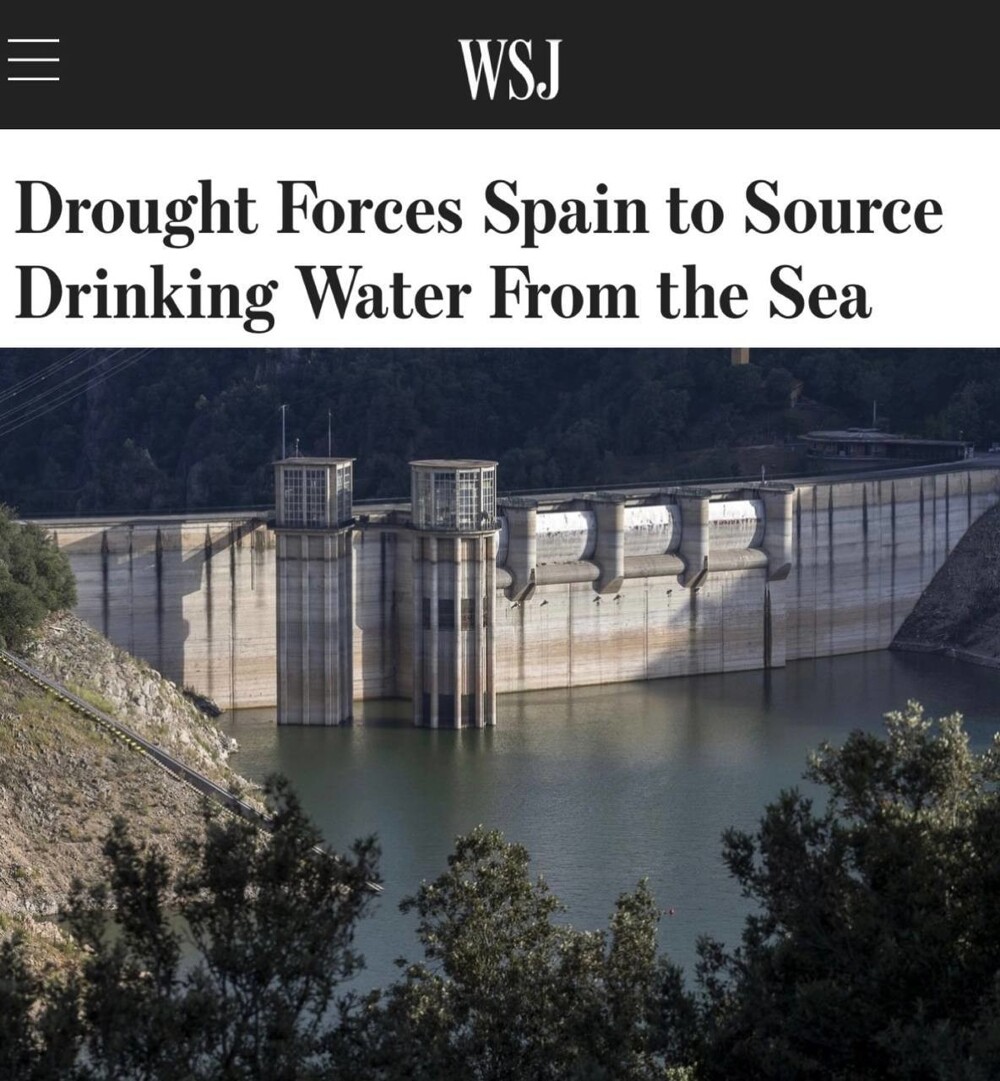
The water level in the Sau reservoir, one of the largest in the Spanish region of Catalonia.
If last year almost 95% of the water was taken from reservoirs and groundwater, now due to a record drop in the level fresh water in the reserves have to use desalinated sea water for domestic needs. It is 20% of the used volume. The same amount is obtained as a result of deep cleaning of already used water from city drains (toilets, showers and other sewers). 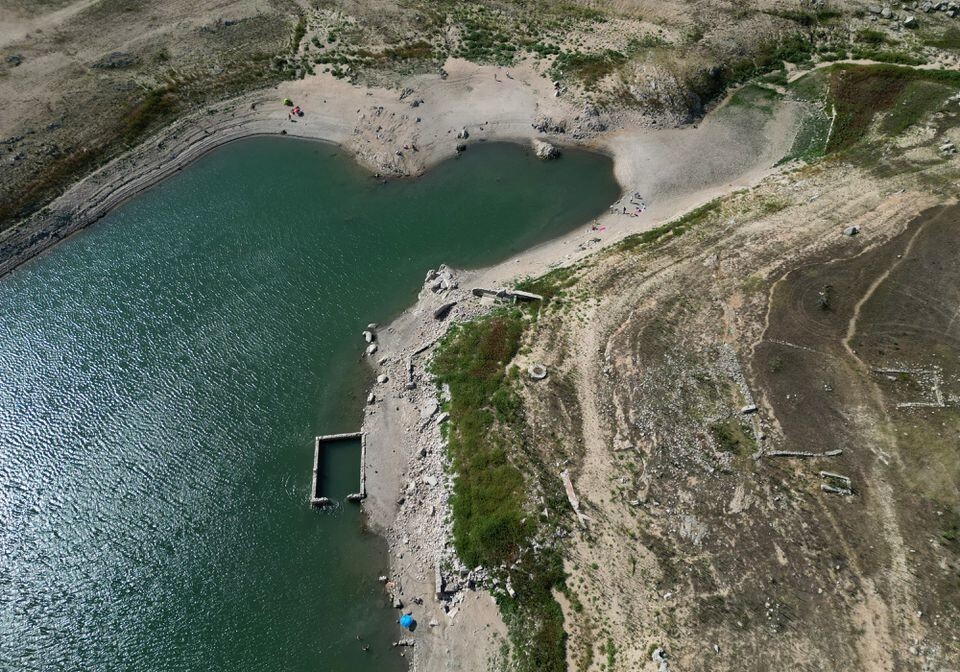
The Boadella Reservoir is 80% shallower than last year.
Scientists are pessimistic and argue that such the mixture will become the norm for the inhabitants of Spain in the near future. Well, by ourselves Spaniards even have to pay about 1,000 euros per month for such water. IN to save money, they turned off the showers on the beaches, closed the fountains and public pools.
The authorities do not yet restrict people's water consumption, but irrigation for agricultural purposes will largely prohibited, and the use of water for industrial and recreational purposes should be reduced by 25%.
Due to the declining volumes of reservoirs, historical monuments began to appear. 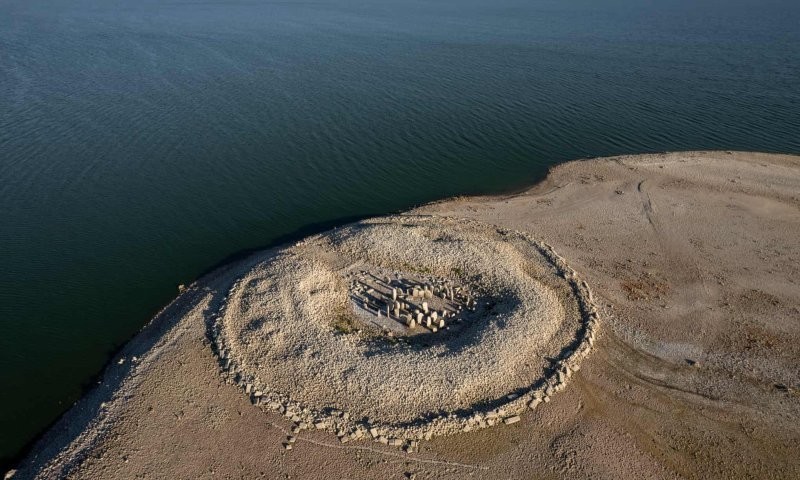
The huge megalithic complex and the 11th century church became available to scientists after the water level in the Valdecañas reservoir fell. Dubbed the "Spanish Stonehenge", a circle of dozens megalithic stones, was discovered by archaeologists in 1926, but in 1963 a reservoir was built and the area was flooded. Kamenyuki were laid out in a circle around 5000 BC 
In the northeastern region of Catalonia, receding waters exposed the ruins of an 11th-century church in the flooded village of Sant Roma de Sau. The village went under water in the 1960s when a dam was built nearby. Previously over only the spire rose above the surface, but now even foundation.
Scientists suggest that Spain's heavy rainfall this winter it’s not worth the wait, so historians may have a unique chance explore something else very ancient.






